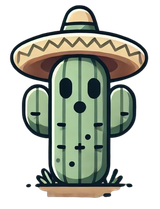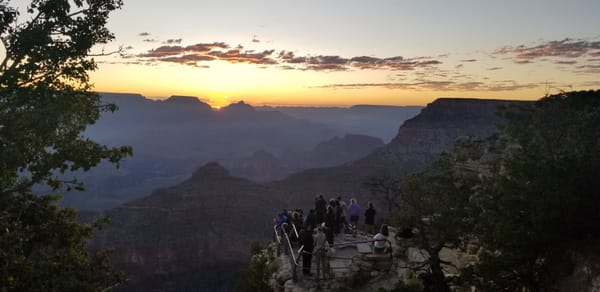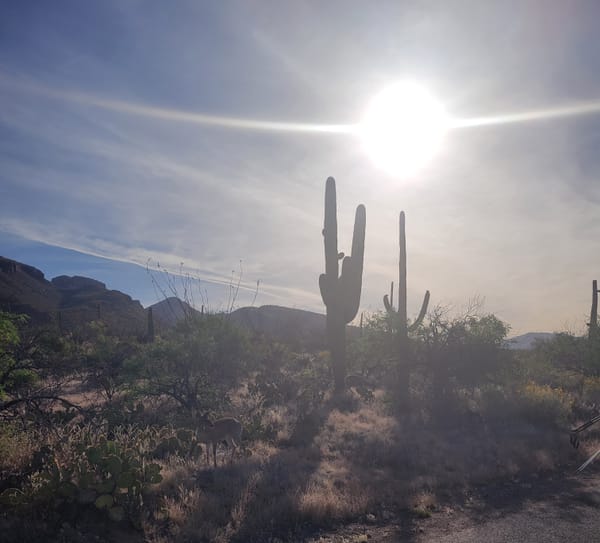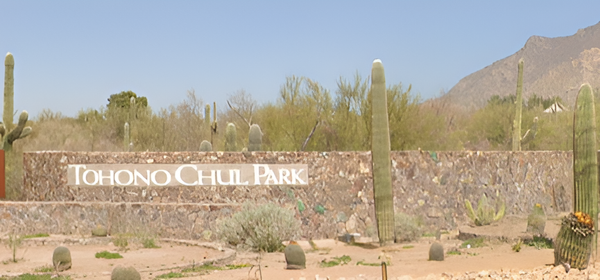Cryptids of Arizona
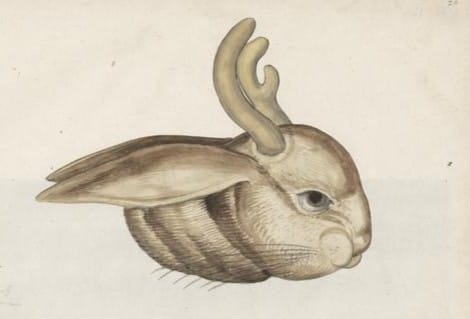
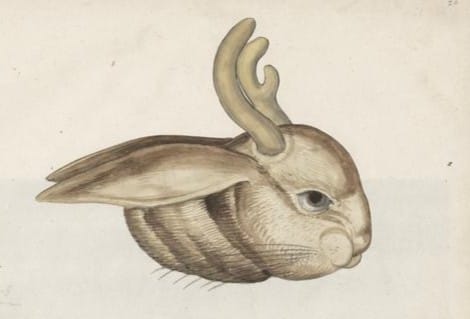
Arizona has a reputation for wide-open landscapes, rugged peaks, and long stretches of quiet. Much of the state still feels untouched, especially once you leave the highways and head into the backcountry. In places like that, stories tend to grow. People see things they cannot explain, hear sounds they cannot trace, and feel watched even when they are alone.
These reports are not always the result of exaggeration. In some cases, they come from people who had no reason to make anything up. They describe strange animals, eerie encounters, and old legends passed down through generations. Whether rooted in folklore or born from desert isolation, Arizona's cryptids are part of the state's identity. The following five are among the most persistent. Each one has a distinct connection to Arizona’s landscape and culture, and each continues to spark curiosity, doubt, and debate.
The Mogollon Monster
The Mogollon Monster is probably Arizona’s best-known cryptid. Often compared to Bigfoot, it stands over seven feet tall, walks upright, and is covered in thick, dark hair. It is most commonly seen near the Mogollon Rim, a vast forested region stretching from Prescott to the edge of the White Mountains.
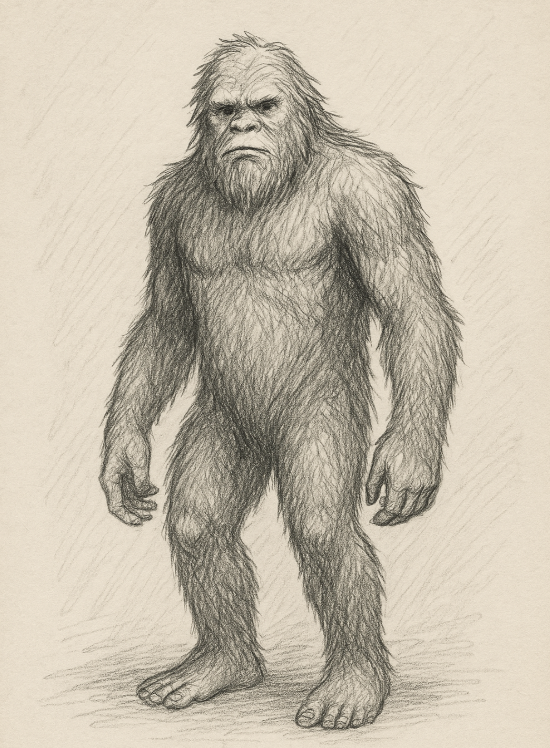
Witnesses report a strong odor, usually described as something between rotting meat and wet dog. There are also claims of deep growls, piercing screams, and heavy footsteps crashing through the underbrush. In several accounts, the creature has thrown rocks or stalked campsites without making direct contact.
Some believe the legend has Native American roots, though modern sightings date back to the early 1900s. Reports increased during the 1970s, especially around Payson and the Tonto National Forest. To this day, hikers and hunters in the area occasionally describe encounters that match earlier descriptions.
The Jackalope
The jackalope is a jackrabbit with antlers. Most people treat it as a joke, and for good reason. Its origins are tied to novelty taxidermy, and it is usually found mounted on walls in trading posts and souvenir shops. Still, some stories go further than a gag.
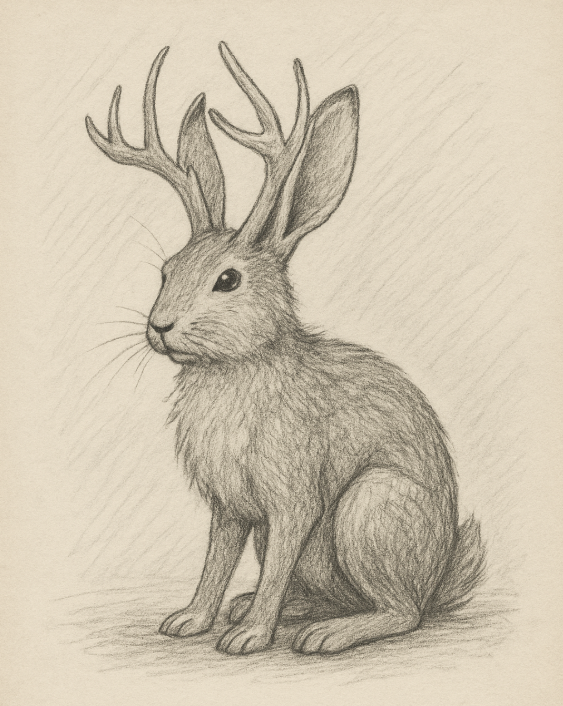
A few travelers in northern Arizona have claimed to see jackrabbits that looked wrong. They moved in unpredictable ways, mimicked sounds that were almost human, or seemed larger than normal. These stories are rare, but they have been repeated across decades.
While most jackalope sightings are playful, the legend itself has deep roots in American folklore. Arizona embraced it like many other western states, turning it into part of the roadside culture. You will find postcards, fake hunting licenses, and displays from Holbrook to Williams.
The Red Ghost
In the late 1800s, settlers near Eagle Creek reported a terrifying sight. A massive red camel, wild-eyed and aggressive, was seen charging through the desert with a human skeleton strapped to its back. It trampled fences, scattered livestock, and disappeared into the hills.
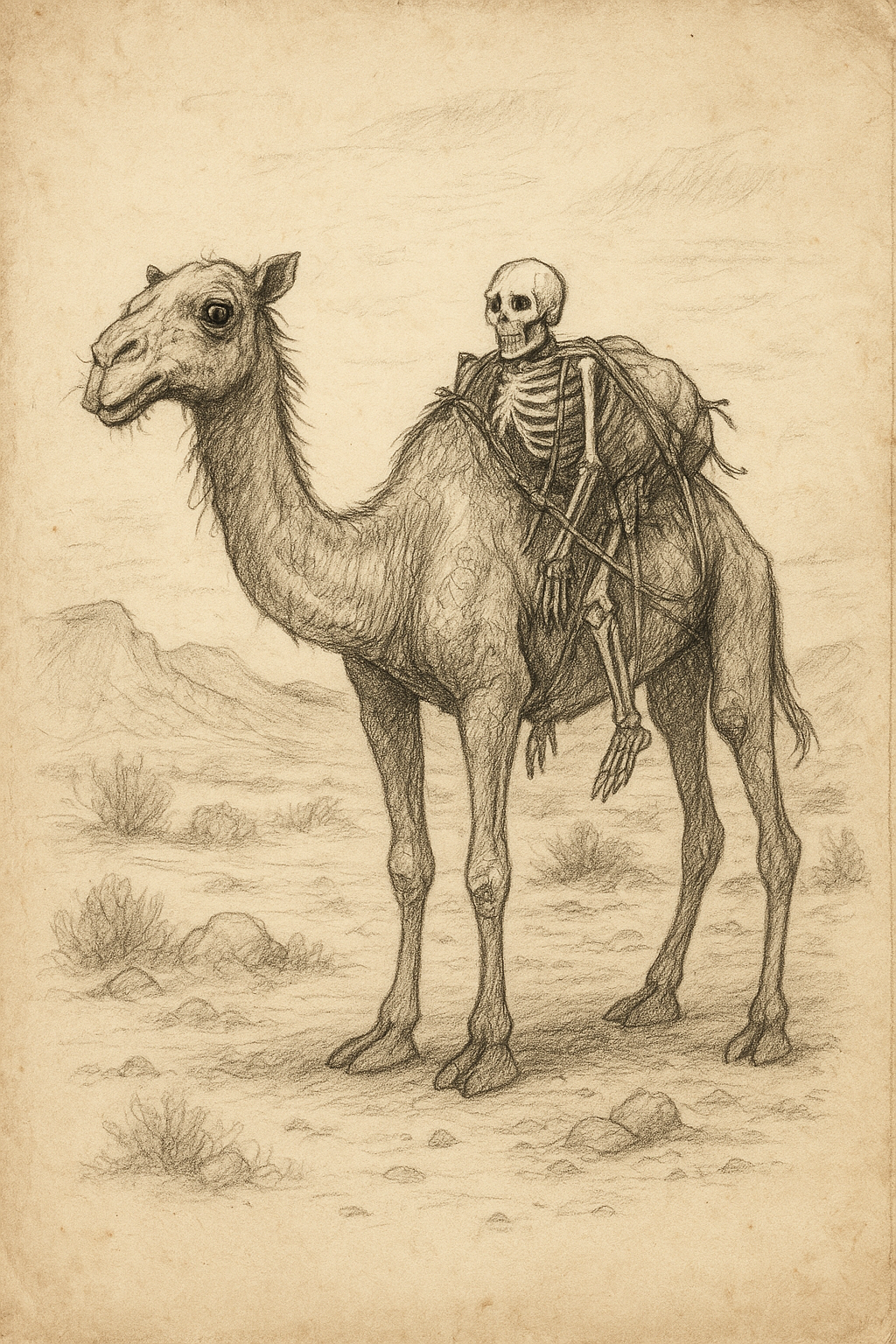
The Red Ghost became a local obsession. Ranchers claimed it killed one of their cows. One farmer shot at it and found strands of reddish hair. The skeleton eventually fell off, but the camel kept appearing. Stories were passed around in newspapers and saloons.
The truth behind the Red Ghost traces back to a real U.S. military experiment. In the 1850s, the Army imported camels to use in the desert. When the project failed, the animals were released. The Red Ghost may have been one of them, tangled in gear and left to wander. Whether the corpse was real or not is still debated.
The Tombstone Thunderbird
In 1890, two ranchers near Tombstone claimed they shot a massive birdlike creature. According to the story, it had a wingspan longer than a wagon and skin that looked more like leather than feathers. Its head was shaped like a reptile, and its eyes were large and dark.
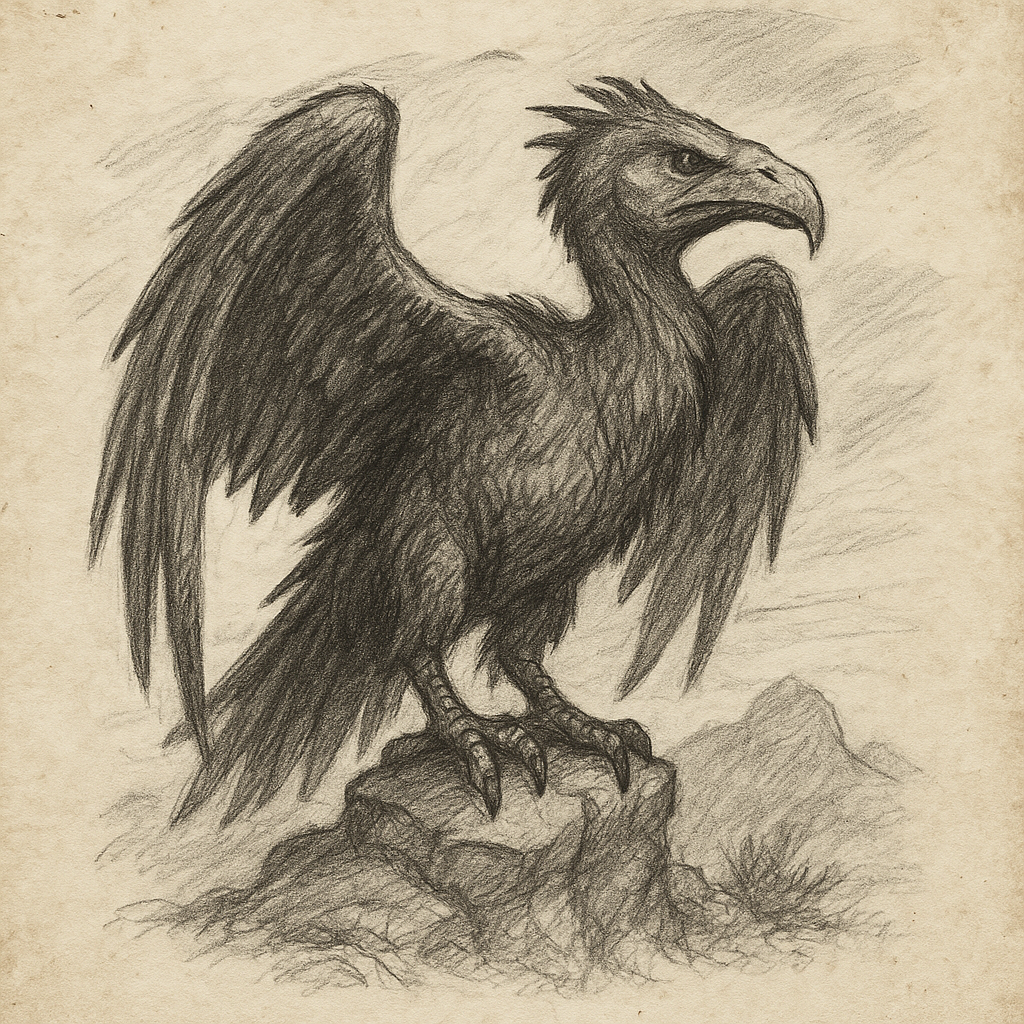
The ranchers brought the body into town and nailed it to a barn for a photograph. That image has never been verified. Some say they saw it in an old newspaper or magazine, though no copy has ever surfaced. This missing photo has become part of the legend.
The story was first published in the Tombstone Epitaph, and over time, it grew into one of Arizona’s best-known cryptid tales. Some believe the creature was a dragon, somehow surviving in isolated parts of the desert. Others say it was a hoax. Sightings of massive birds still get reported in remote parts of the state, especially after storms.
Whispering Trolls
Whispering trolls are rarely seen directly. Most of the time, people report strange murmuring voices that come from nearby rocks or narrow canyons. The sound has no clear direction and usually fades when approached. Those who claim to have seen the creatures describe small, hunched figures with hairy gray skin and eyes that reflect red in the dark.
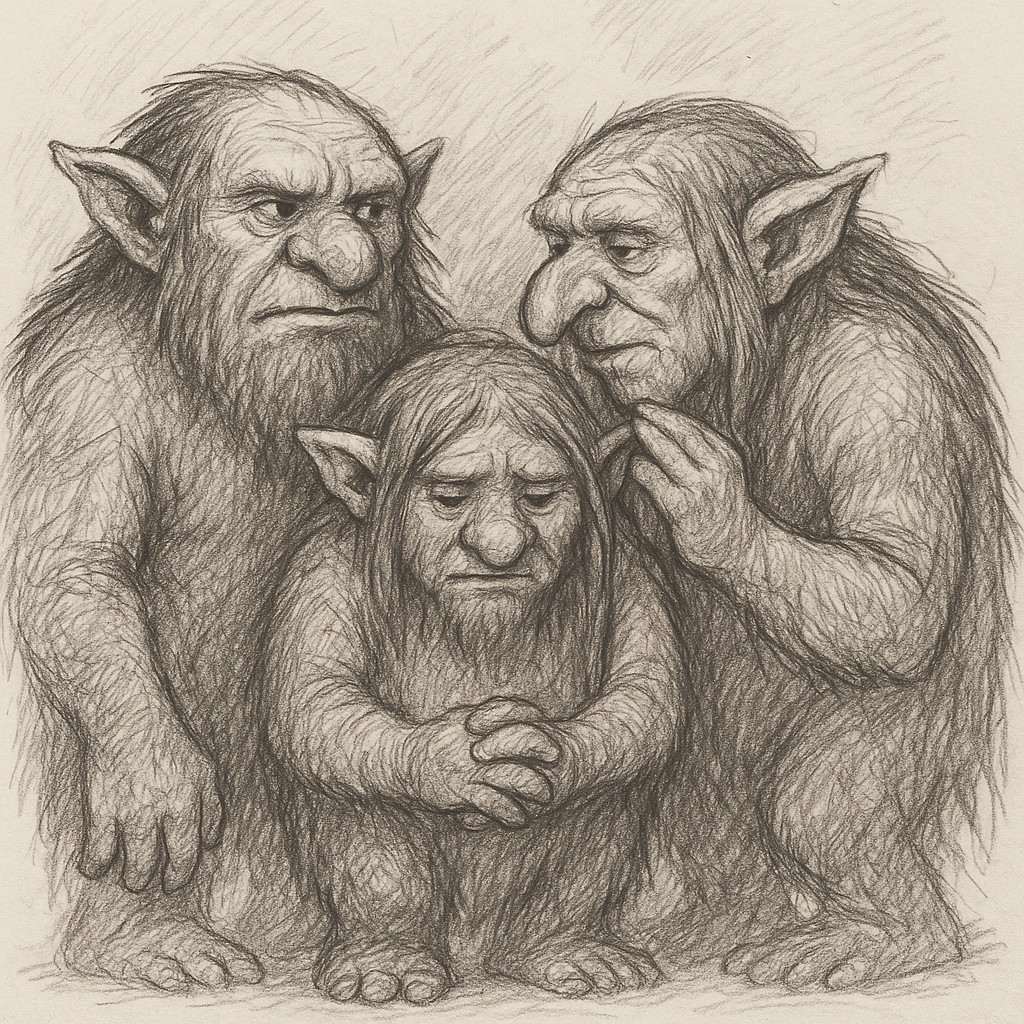
The earliest accounts came from hikers near Arivaca and the Patagonia Mountains. A few prospectors in the early 1900s also mentioned strange figures moving along ridgelines at dusk. These reports never made headlines, but they spread by word of mouth.
Some believe the trolls are desert spirits or protectors of certain areas. Others think the stories come from heat exhaustion and isolation. Either way, there are enough reports to keep the legend alive, especially among locals who hike alone and listen carefully.
Real or Not, They Belong Here
Arizona’s cryptids are more than just tall tales. They reflect the state’s sense of mystery, especially in the places that feel untouched or forgotten. Whether rooted in ancient stories or strange encounters with unknown creatures, these legends speak to the isolation and unpredictability of the land itself.
Some people pass them off as jokes while others take them seriously. Either way, they continue to shape how people explore Arizona: cautiously, curiously, and always with one eye on the shadows.

